FEMALE SUGAR GLIDER FOR SALE
where to buy a sugar glider

where to a buy sugar glider
Average Lifespan: 10-12 Years
Diet: We feed our gliders Pokey Crunch, fresh fruits and vegetables, gliderade and rotating meats, and glider supplements in addition to their insectivore diet.
Size at Adulthood: 8″ in length, including the tail, and weighing 4 to 6 oz.
Living environments: A medium-sized bird cage, at least 2’x2’x4′, is ideal, but the larger the better. The space between the bars should be no more than 1/2″ broad. Make sure they have lots of non-toxic branches, hanging pouches, and sleeping spots.
Bonding: It’s crucial to get your baby glider when it’s still a baby and keep it in your shirt pocket or a bonding pouch for at least two to three weeks.
The Sugar Glider has a unique ability to bond with other gliders. Bonding takes place within the first few weeks of ownership and can last the rest of your glider’s life. Gain your baby’s trust to start the bonding process. Carry your kid in a bonding pouch or a shirt pocket that isn’t too tight. This will allow your infant to develop accustomed to your scent and voice. Spend time feeding, playing with, and paying attention to your baby in the evenings when he or she is awake. Soon, the feelings will be reciprocated.
Owning a Sugar Glider
If properly cared for and obtained at the appropriate age, gliders can be affectionate and caring pets. Bonding with a new infant is pretty easy, but it is much more difficult if you receive an older adult who is not bonded to you. Although each glider has its own personality, they are often attention seekers who are friendly with their humans.
Do they bite?
My response to this question is straightforward: anything with teeth has the ability to bite. Anything that has been handled since a young age and is generally domesticated and kept like a pet is unlikely to bite. They’re 95 percent bite-free, in my opinion. If they are prodded, disturbed, or startled in their nest box or pouch, they have been known to bite fingers.
Preparing for a sugar glider:
You should prepare your baby’s habitat before bringing it home.
Line the bottom of the cage with a couple sheets of newspaper when your baby is ready for a larger cage. Fill the water bottle and secure it to the cage’s side. You can also provide them with non-toxic branches to crawl on. Place the sleeping pouch on one of the cage’s upper sides. Toys and a wheel should be placed inside with enough room for it to move about and be comfortable. Changing the newspaper at least once a week is recommended. where to buy a sugar glider
How much time does a Glider require?
It is vital to spend as much time as possible with your newborn during the first few weeks in order to bond with it. Carry it in a bag or shirt pocket and introduce it to as many people as possible. Several hours every day for the first 2-3 weeks are essential. After bonding, it’s still desirable to spend as much time as possible with your glider baby, but at least an hour per evening would be ideal. sugar gliders for sale online
Where To Buy A Sugar Glider For Sale
Glider Diet:
We put two tablespoons of Pokey Crunch hedgehog chow in a dry bowl for our gliders. We also put all of their fresh items in a moist bowl for them. Almost every day, new and unusual meals, such as insects, fruit, vegetables, meat, yogurt, and so on, are added to the “wet bowl.” where to buy a sugar glider
Exercise:
Gliders are very energetic and will need to be exercised and engaged in activities in order to avoid becoming overweight or sickly. In the cage, a solid plastic wheel is an excellent exercise item. Outside of their cage, you should spend as much time as possible with your glider. Never take your glider outside to play since they can fall into a tree and never come down. how much are sugar gliders at PetSmart
Living with a sugar glider:
Gliders rapidly become members of the family, with their adorable behaviors and distinct personalities. They enjoy nuzzling in your shirt during the day and will keep you entertained all night by scurrying around and inspecting everything. sugar glider for sale California
They are good pets in general and may be handled and cared for by the entire family. baby sugar glider for sale
Sugar Glider FAQ’s
Do they bite?
Sugar gliders do bite for a variety of reasons, including fear, strange scents, and self-defense. When a sugar glider feels threatened or imprisoned, the first line of protection is biting. A glider can be scared by a foreign scent or a human hand. This type of biting is infrequent if you’ve earned their confidence and formed a bond with your glider(s). sugar glider for sale near me
Do they smell?
Not really. Sugar gliders have a little musky scent that is pleasant. Male sugar gliders have more scent glands, and their musky smell tends to be more dominant, especially during the breeding season. where to buy a sugar glider
Are they good with kids?
Sugar gliders are not ideal pets for children in general. Sugar gliders are exotic pets with more complex requirements than a guinea pig or other small pet. Sugar gliders are only recommended for children who have a competent parent who is willing to take on the major duties of glider ownership. where to buy a sugar glider
Can I let my glider free roam?
With the aid of monitoring. When you can’t be there to keep an eye on them, it’s more better to keep them in their cage than to let them roam free.
Can I leave their cage in my room?
Cages are kept in some people’s bedrooms, which is good if you sleep a lot. If you’re a light sleeper, this can be a problem because they’re noisy at night. where to buy a sugar glider
Are they good with other pets?
Sugar gliders, in general, bond to most household pets when introduced appropriately, with the exception of reptiles such as snakes. Furthermore, they may be initially fearful of some types of large birds, as they are regularly preyed upon by huge birds in the wild. Small pets for sale, Exotic animals for sale





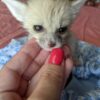



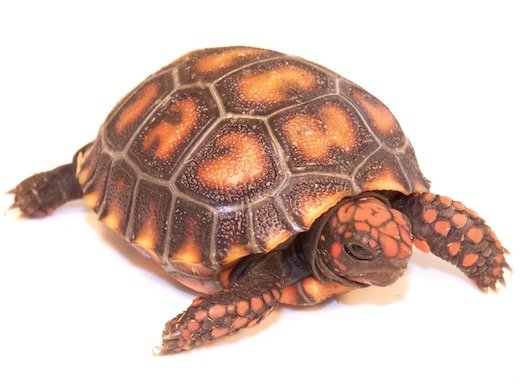
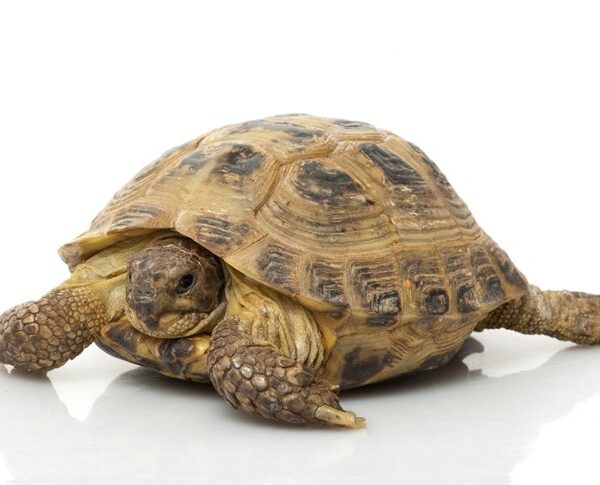


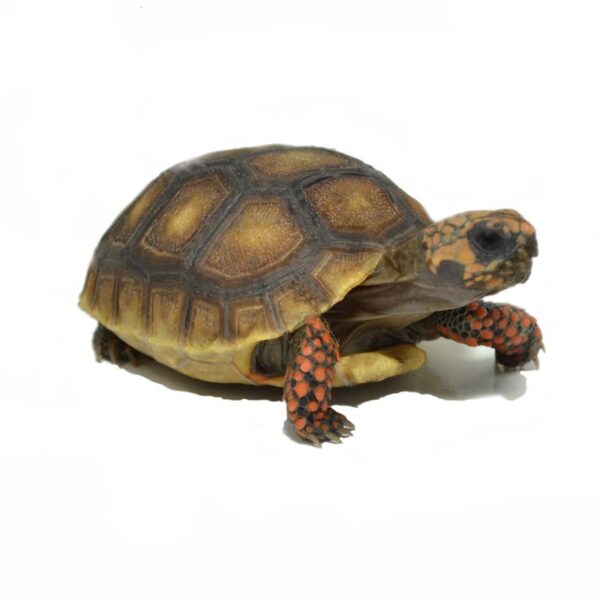
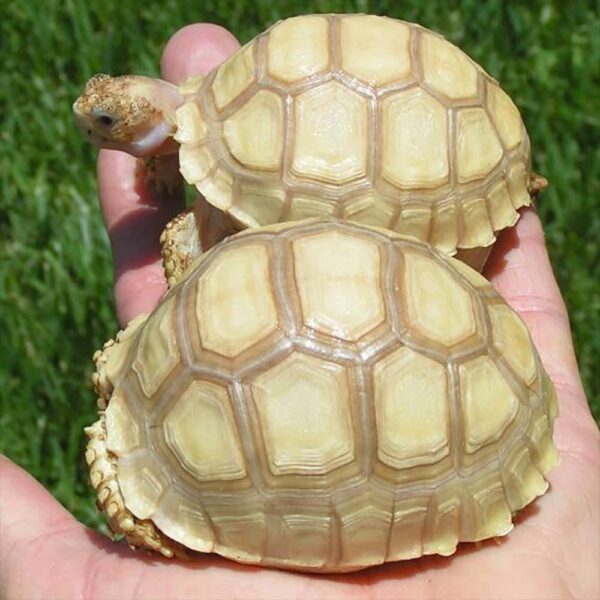
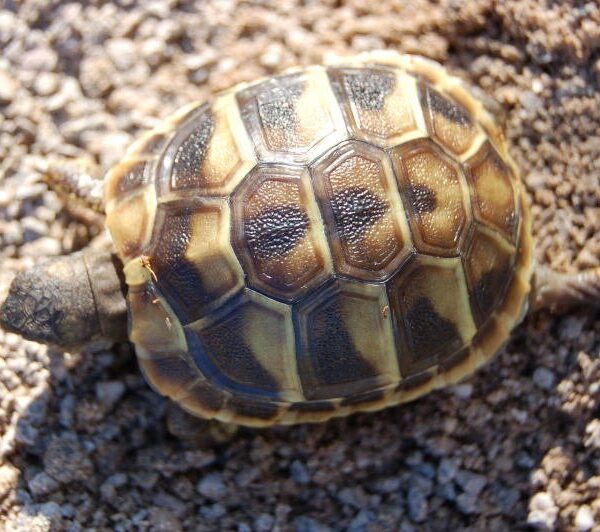
 No products in the cart.
No products in the cart. 
Reviews
There are no reviews yet.